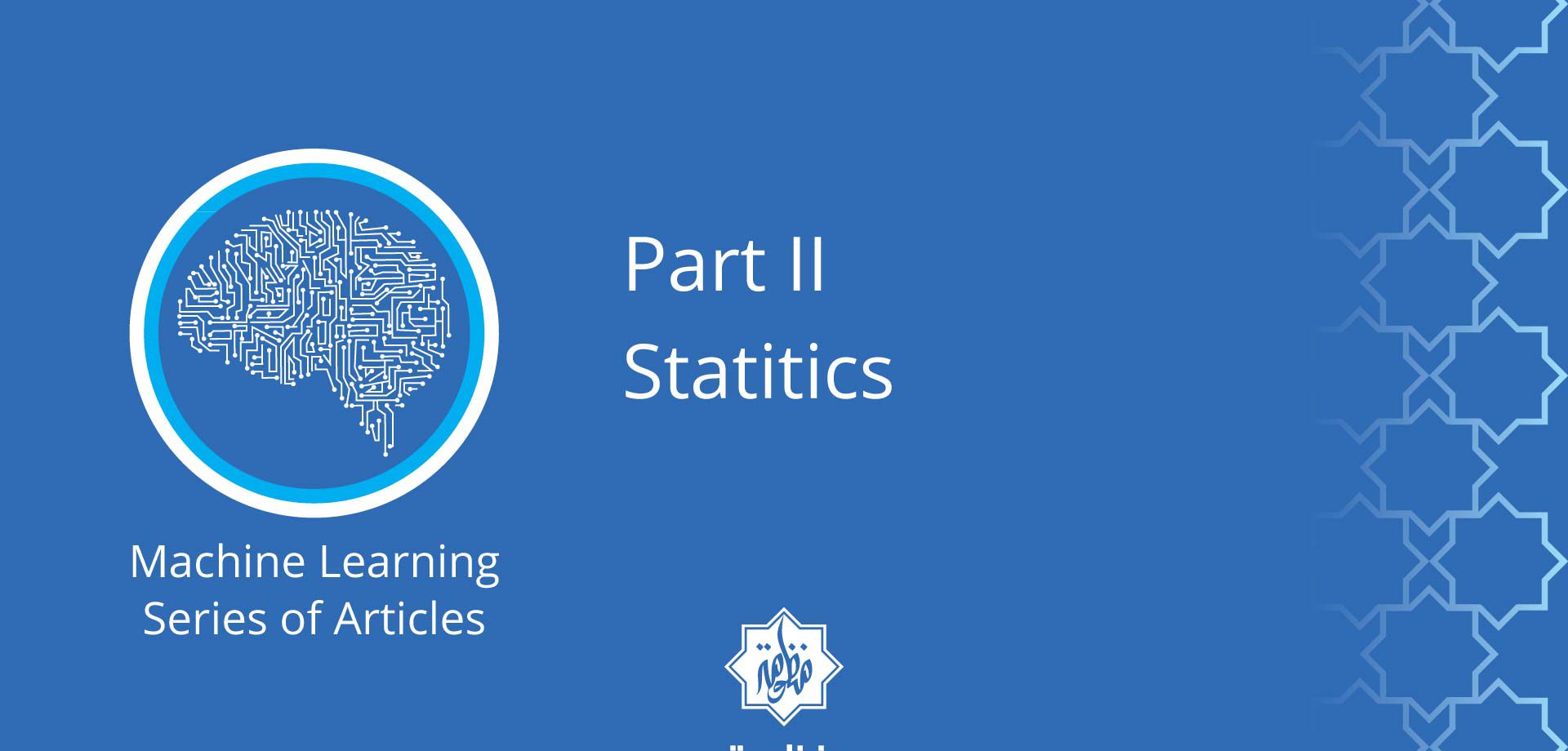According to Wikipedia, Statistics is a branch of mathematics dealing with the collection, analysis, interpretation, presentation, and organization of data.
In other word, if we have large amount of data we can apply statistics for quantifying the data.
Whether customer relationships data or assets maintenance information or supplier and service level agreements data, using a well-known mathematical equations we can have numerical values that represent indicators and measurements.
The Big Picture
Without going into a lot of details we can focus on the big picture and have a snapshot of current situation with a few numeric values so we can determine our status, progress and trends.
Decisions support
This give us more confidence and hard evidence in dealing with uncertainty and quickly make smarter decisions, and focusing on goals and objectives.
Continual improvement
Towards continual improvement by finding trends, flaws, weakness and strength areas; we can then find the areas of improvements.
Ensuring Quality
Ensuring Quality by providing a tool to measure our KPI and control processes and minimize risks and improve the effectiveness and efficiency of our processes.
Planning
Using our previous statistical data we can simulate multiple scenarios with many variations and evaluate our future plans more efficient.
How to collect statistics from data?
One way is to use computer as big calculator with simple spreadsheet app. relaying on human knowledge and skills. This methods can be a good way when dealing with small centralized data.
But when it comes to large amount of distributed data, it can be time wasting and less accurate result to relaying on human skills.
Using automated computerized tools that collect, analyze and report can be more effective and more efficient, less errors and more accurate statistical results.
What’s next?
After we have statistical values that indicate some phenomenon, next we need to find explanations to this phenomenon, and know what is really happening in the data.
This step Called Data Mining.


